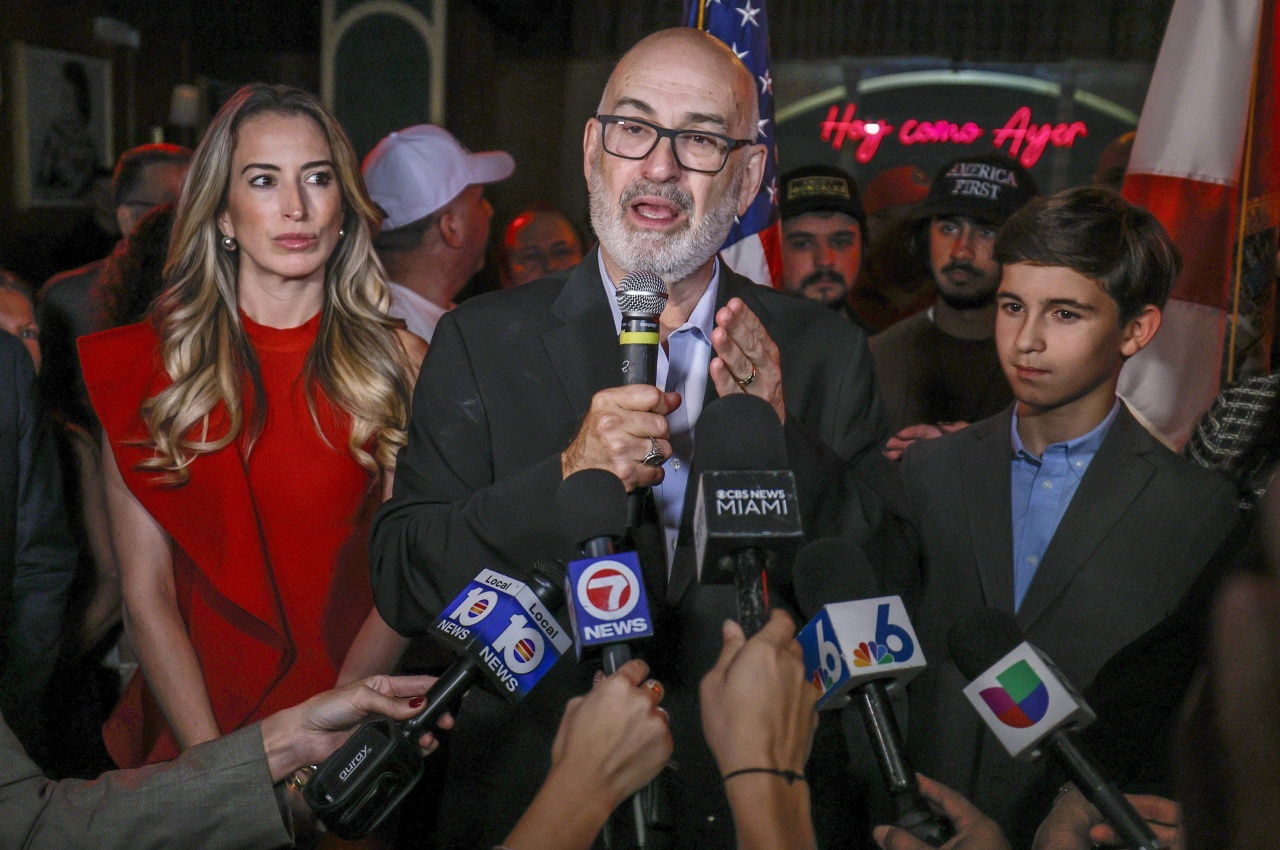Legislation aimed at modifying Ohio’s educational curriculum regarding fetal development is currently under consideration. The proposed Ohio House Bill 485, known as the “Baby Olivia Act,” mandates that public schools begin showing a video about fetal development to students starting in third grade. This bill, introduced by State Representative Melanie Miller, has sparked considerable discussion among lawmakers, educators, and healthcare professionals.
The three-minute video, titled “Meet Baby Olivia,” is produced by Live Action, an organization advocating against abortion. It visually depicts the process of fertilization and the growth of a fetus. Proponents of the bill argue that it offers clear and scientific insights into fetal development. During a recent meeting of the Ohio House Education Committee, Dr. Bill Lile, a board-certified obstetrician-gynecologist, expressed his support, stating, “These babies in the womb are not abstract ideas — they are living, growing human beings, and they are patients.”
Opponents of the bill, including representatives from Planned Parenthood, have challenged the accuracy and implications of the “Baby Olivia” video. They argue that it misrepresents scientific facts, particularly in its depiction of fetal development and the timeline of human life. Critics point out that the video inaccurately counts the age of the embryo from the moment of conception, and it suggests that a fetal heartbeat can be detected at six weeks, despite the heart not being fully formed at that stage.
The current legal framework in Ohio allows for abortion up to 22 weeks of pregnancy. Moreover, a ballot measure passed by Ohio voters in 2023 added protections for abortion care and reproductive rights into the state’s constitution.
The bill requires that either the “Baby Olivia” video or an ultrasound video of at least three minutes in length be shown annually to students from grades three through twelve, commencing with the 2026-27 academic year. This aspect of the legislation has raised concerns among some lawmakers regarding its appropriateness across various age groups.
State Representative Sean Brennan, a Democrat from Parma, voiced his reservations, questioning the suitability of showing the same video to both third graders and high school seniors. “Wouldn’t it be a better idea to allow a lot more flexibility to the district to tailor the video to the students’ developmental capabilities?” he asked, reflecting on his experience as a former educator.
Similarly, State Representative Gayle Manning, a Republican from Avon, who has significant experience teaching third grade, expressed her discomfort with the proposal. “I can’t imagine explaining to my children what is going on in the video when at third grade, many kids don’t have any idea,” she noted, suggesting that such discussions should occur within the family context rather than in a classroom setting.
Despite these concerns, advocates like Kate Makra, president of the Right to Life Action Coalition of Ohio, argue that providing this educational content is essential. She asserted that many parents do not engage in discussions about fetal development with their children, which can contribute to issues such as unplanned pregnancies. “Even a young child would be able to look at the images and gain an understanding of what’s being conveyed in the video,” she said.
The underlying objective of the bill, according to former Ohio State Representative Jena Powell, is to present factual information about the earliest stages of human life. “By seeing what happens inside the womb—the heartbeat, the movement, the growth—students will gain a deeper understanding of biology, of life, and of the impact their choices can have on others,” she stated, reflecting on her personal experiences with ultrasound technology.
Similar legislative efforts have emerged in over 20 other states, with states such as Idaho, Kansas, North Dakota, Tennessee, Iowa, and Indiana having already enacted comparable laws. The debate surrounding the Baby Olivia Act highlights the ongoing national conversation regarding sexual education and reproductive rights within the educational system. As lawmakers continue to deliberate, the implications of this bill could have lasting effects on how future generations learn about human development and reproductive health.







